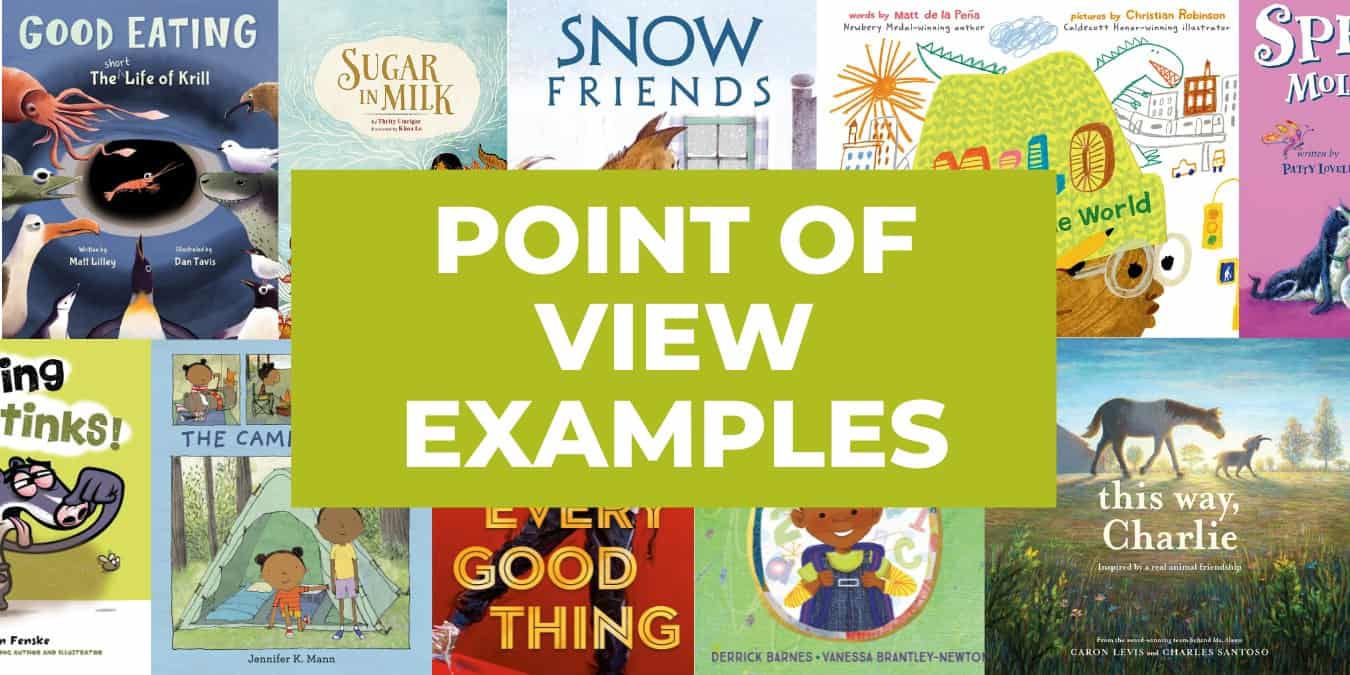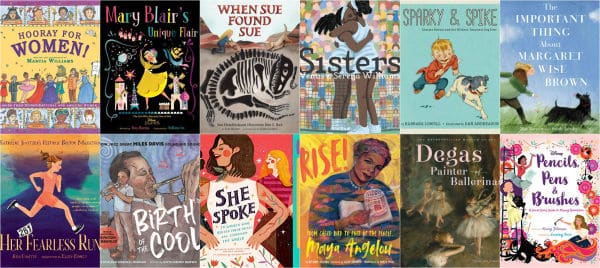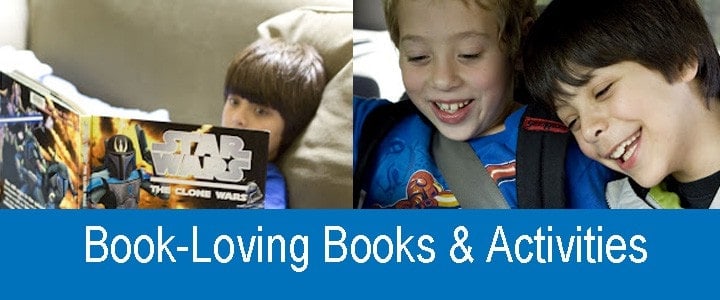Picture Book Stories Shape a Child’s Heart
This post may contain affiliate links.

written by Mitali Perkins, YA author, mother, blogger and world traveler.![]()
      |
As we seek to raise a generation of compassionate children, stories are powerful allies. I grasped the beauty of sacrificial giving at nine years old when befriending Sara Crewe in Frances Hodgson Burnett’s The Little Princess (J. B. Lippincott) for the first time. It was the middle of the story, and my heroine had plummeted from wealth to poverty. She was trudging through a snowstorm, hungry and wet, when she actually found a four-penny piece. Oh, how I rejoiced over that find! As she entered a baker’s shop, though, Sara passed “a little figure more forlorn than herself … with big, hollow, hungry eyes.” She bought four buns and the kind baker added two more. One by one, Sara placed five buns in the other girl’s lap, keeping only one for herself.I remember being astounded by the gesture because at that point in the story my heart was aching over Sara’s suffering. And now my literary friend had given away the food I had so wanted her to relish! But somehow I knew it was the right thing to do. From that point on, in my travels across the globe, as I encountered children begging on the streets, I would remember that scene in The Little Princess and be stirred to respond.In her now-classic Horn Book essay, “Against Borders” , Hazel Rochman explains why stories have this mysterious power to build community:
They can break down borders. And the way that they do that is not with role models and recipes, not with noble messages about the human family, but with enthralling stories that make us imagine the lives of others. A good story lets you know people as individuals in all their particularity and conflict; and once you see someone as a person – their meanness and their courage – then you’ve reached beyond stereotype. If Afghanistan is in the news, for example, it’s worth a trip to a library or bookstore to bring back Four Feet, Two Sandals by Karen Lynn Williams and Khadra Mohammed (Eerdmans Books, 2007), a story of two girls in a Pakistani refugee camp waiting for resettlement to North America. I recently read this moving portrayal of friendship aloud to a young person, and we both got choked up as Feroza gave Lina a farewell gift of one sandal, completing the pair the two of them had shared. Doesn’t it seem like the common North American view of Africa is a troubling narrow one, replete with famine, war, and disease? Broaden a child’s view of the riches on that continent with books like Amadi’s Snowman by Katia Novet Saint-Lot (Tilbury House, 2008). The vivid illustrations by Dimitria Tokunbo of an Igbo village and Amadi’s joyful spirit will add depth to anybody’s mental picture of Nigeria, and remind us not to take literacy for granted. Children will gain insight into homelessness as you read Fly Away Home (Houghton Mifflin, 1993) by Eve Bunting, the story of a father and son seeking shelter in an airport. They sleep upright, foraging for food and washing in the restroom, hoping not to be noticed. Consider this young reader’s review on Barnes and Noble’s website if you doubt the impact of this story: This book finds me very sad. Just yesterday we read it in school. I almost cried. It’s about a mom who died and she left her son and her father. They don’t have much money at all. The Dad says wearing the same things is one way you can’t be noticed. My teacher says that if they get caught the child will get put in a home and the father will be out on the streets like they both used to be. Do you know a child who hates school? He might gain perspective on his own situation by realizing how precious an education seems to many children in other parts of the world. You could tell him that, of course, but the lesson could be effortlessly communicated by reading Running Shoes (Charlesbridge, 2008). This story by Frederick Lipp is set in a Cambodian village, where an education for girls is often seen as a luxury, not a necessity. Try skipping any extra adult commentary to make the connections as Sophy’s courageous journey sinks deep into the child’s soul. The next time you eat apples, read Amelia’s Road (Lee and Low, 1995) by Linda Jacobs Altman. Let a child hold and enjoy the fruit as she hears the story of Amelia, a migrant farm worker who yearns for a place to call home. What treasures would you bury in a box if you had to move again and again? How can we be grateful for the hands that harvested the food we eat? Feroza. Lina. Amadi. Andrew. Sophy. Amelia. Their enthralling, individual stories illuminate life on the road as a migrant worker, in a Nigerian or Cambodian village, in a Pakistani refugee camp, or even in an airport. Introducing them to the children under your tutelage is one of the best ways to widen their hearts and their world. Not to mention your own. And please don’t forget Sara Crewe. I read The Little Princess aloud to our twins when they were nine. We reached the narrative about Sara giving away those fresh-baked pieces of bread, and my voice quavered a bit, but I powered through to the end of the chapter. The room was quiet with that listening stillness easily recognized by every reading parent or teacher. Looking up, I saw the thoughtfulness in the boys’ expressions and the compassion in their eyes. I didn’t comment, and we moved on. But I knew that once again, Burnett’s powerful story had accomplished its heart-shaping work. We were one step closer to our goal of raising children to change the world. |
(*posted originally on Paper Tigers)
Mitali was born in Kolkata, India and emigrated to the United States with her family when she was seven years old. She writes fiction for younger teens and chats about books between cultures on the Fire Escape. She is the author of several books, including Bamboo People, Monsoon Summer, Rickshaw Girl and Secret Keeper.
Kolkata, India and emigrated to the United States with her family when she was seven years old. She writes fiction for younger teens and chats about books between cultures on the Fire Escape. She is the author of several books, including Bamboo People, Monsoon Summer, Rickshaw Girl and Secret Keeper.
Melissa’s Note: I’m a huge fan of Mitali’s and was totally thrilled she shared this post with me for Imagination Soup. Her newest book is Bamboo People and I can’t wait to read it — it’s getting amazing reviews! Thank you so much, Mitali and best wishes for continued success in all you do!
ALSO READ:
Meaningful Picture Books
Teaching Lessons with Picture Books
Good Picture Books to Own







How considerably of an appealing guide, keep on making much better half
Thanks for all these heartwarming comments. And thanks, Melissa, for hosting me!
As a child I loved books, The Little Princess was one of my favorites, and as an adult and grandmother I hope to instill the same love in my granddaughters. This is a great post and I’m going to share your inspiration and your link in my next post .
Thanks.
Thanks so much for your comments! Mitali is in Thailand but she’ll be reading all your comments when she gets back!